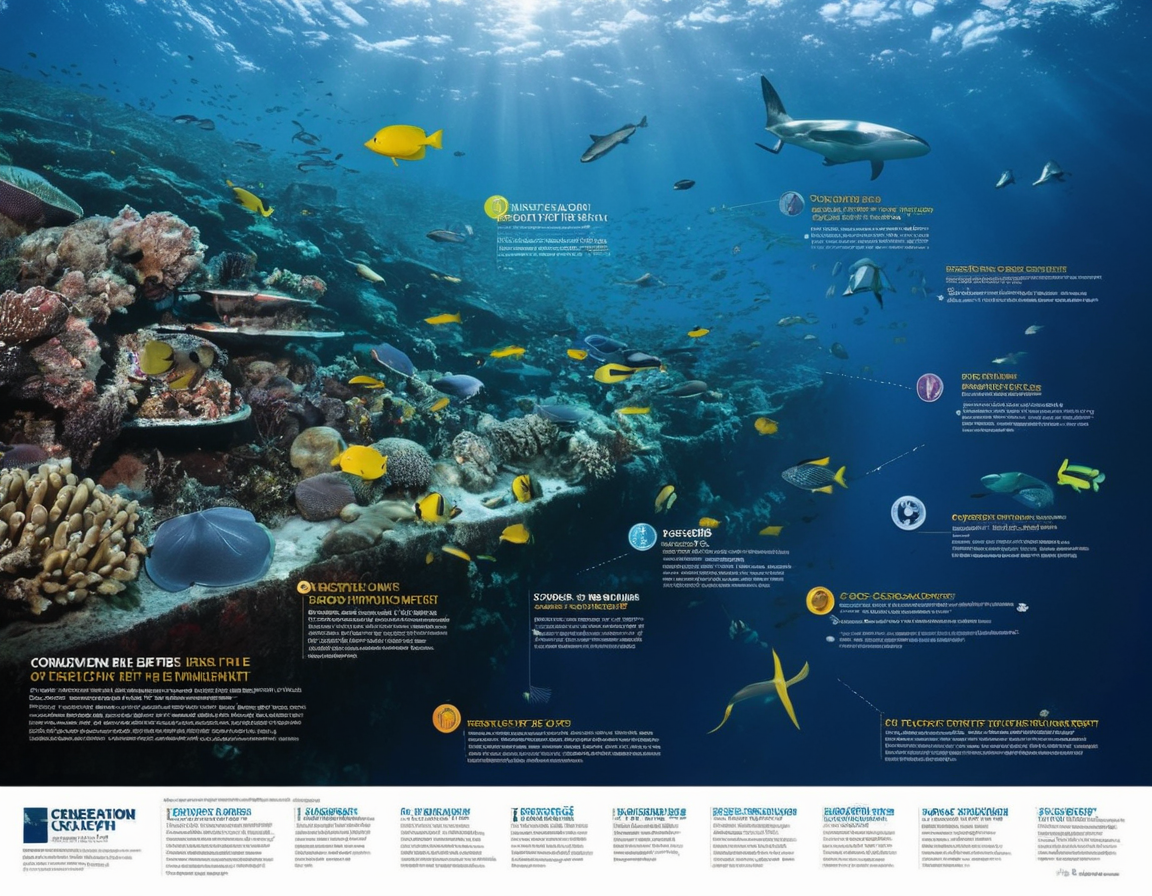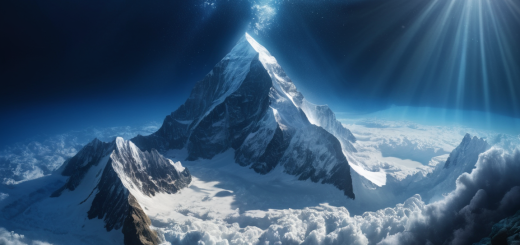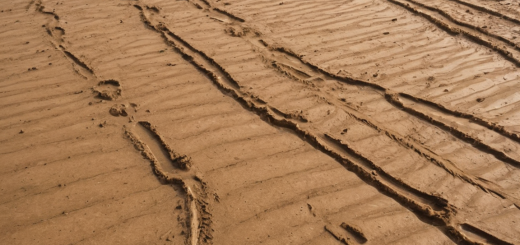Unveiling the Mysteries of the Deep Ocean: The Mariana Trench
Exploring the Mariana Trench: Earth’s Deepest Secrets
The Mariana Trench is a marvel of the natural world, located in the western Pacific Ocean, it represents the deepest part of the world’s oceans. This article takes a deep dive—pun intended—into the mystery-shrouded depths of this spectacular trench.
Understanding the Mariana Trench
The Mariana Trench stretches over 2,550 kilometers and reaches a maximum known depth of about 10,984 meters at a point known as the Challenger Deep. It’s a crescent-shaped scar in the Earth’s crust, and its immense pressures and darkness have intrigued scientists and oceanographers for decades. 
The Formation of the Trench
The trench formed millions of years ago as the result of a process called ‘subduction,’ where one tectonic plate is forced underneath another. This geologic activity not only created the trench but also contributes to the area’s significant volcanic activity, including the formation of underwater volcanoes and hydrothermal vents. 
Life in the Abyss
Despite the harsh conditions, life has found a way to thrive in the Mariana Trench. Organisms known as extremophiles can survive the high-pressure environment. These include certain types of bacteria, crustaceans, and even large organisms like the deep-sea amphipod. The trench is also home to unique species of fish adapted to the darkness and pressure, some yet to be fully studied or understood.
Human Exploration
The first manned descent into the trench was made by Jacques Piccard and Don Walsh in the bathyscaphe Trieste in 1960. More recently, movie director James Cameron made a solo trip to the Challenger Deep in 2012. These missions have been critical in providing a glimpse into this alien world and have paved the way for future research. 
Conservation Efforts
As more expeditions are planned and technology advances, there is a growing emphasis on preserving the unique ecosystem found within the Mariana Trench. Organizations around the world are calling for protective measures to prevent pollution and overfishing from disrupting this relatively untouched region of our planet. 
Conclusion
The Mariana Trench continues to be an area of great fascination and holds answers to many scientific questions. As we explore further, we may find more than just new species—we may uncover insights into the history of our planet and the resilience of life in its most extreme forms.
For those who can’t venture into these depths themselves, we hope this article has provided a brief glimpse into the wonders of the Mariana Trench.






